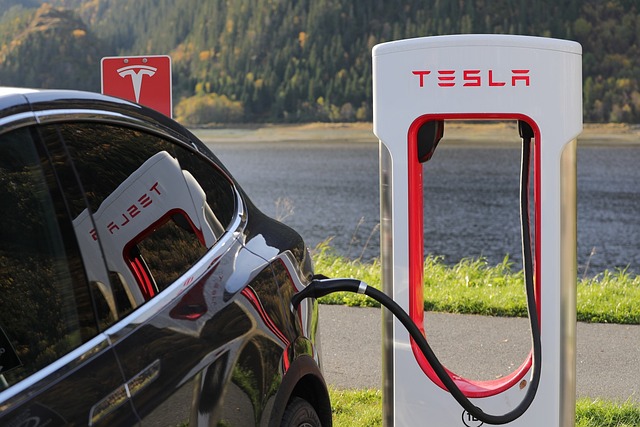 Since September 15, workers from automobile manufacturers in Michigan have been on strike.
Since September 15, workers from automobile manufacturers in Michigan have been on strike.
What began as a small protest has exploded into a massive, 25,000-worker strike from three powerhouses of the automobile industry: Ford Motor, General Motors (GM), and Stellantis.
The U.A.W (United Auto Workers’ Union) is pushing for a 40% pay raise over the next four years, as well as better pensions and more benefits. The companies have only offered about half as much, so the U.A.W continues to fight for better pay.
Though low pay is a major issue, it is not the only one. Workers are frustrated with the tiering system, in which employees who were hired before 2007 receive better pay, promotions, and benefits than anyone hired later. This system creates division among the workers and limits the ability of those hired later to improve their status.
Workers are also concerned for the security of their jobs as the industry switches to electric vehicles instead of the traditional gas-powered ones. Let’s take a look at the concern over electric vehicles and the positions of both the auto manufacturers and the workers.
Fear of Electric Vehicles’ Impact on Industry
 One of the reasons behind the strike is the fear that, in transitioning to manufacturing electric vehicles, current workers will be left behind.
One of the reasons behind the strike is the fear that, in transitioning to manufacturing electric vehicles, current workers will be left behind.
Their concerns are indeed valid, as they have been trained to manufacture gasoline-powered cars, and will require retraining to work in a different field. Not only that but communities and towns that are mainly supported by car factories need time and funding to properly transition.
Their main concern, however, is that since electric cars have far fewer parts than traditional ones, there will simply not be enough work to go around.
For the manufacturers, the worry is about competition against companies like Tesla, which are well-equipped to succeed and don’t have to contend with unions or strikes. Also, new battery plants are cropping up in the South, where unions are much weaker. With the U.A.W issuing such high demands, auto companies are concerned that they cannot keep up with the competition.
While the concerns of manufacturers are valid, there are ways to protect workers while addressing the environmental concerns that triggered the shift to electric vehicles.
A Lesson From Recent Past
 Let’s take a look at the example in which companies and activists worked together to reach a compromise that protected both parties.
Let’s take a look at the example in which companies and activists worked together to reach a compromise that protected both parties.
In the case of the Diablo Canyon Nuclear Plant, environmental activists pleaded for it to be shut down due to concerns over earthquake activity. Rather than send the workers packing and leave it at that, a plan called “Just Transition” was implemented.
PG&E (an electricity provider in California) and the Diablo Canyon Facility worked together to slowly decommission the plant. The workers received a 25% annual bonus as well as generous severance allowances and provisions for the community which depended on the plant. In exchange, PG&E promised to transition the facility into generating renewable, sustainable energy by 2025.
Unions have cited this as an excellent example of companies and activists working together towards a more sustainable future while preserving the livelihoods of current workers.
While it is too early to predict the success of the transition, as workers still need to be retrained and the community restructured, it does not detract from the fact that such discussion worked to come up with a satisfactory plan.
Sources: NY Times, OECD, Brookings, Grist, PBS







